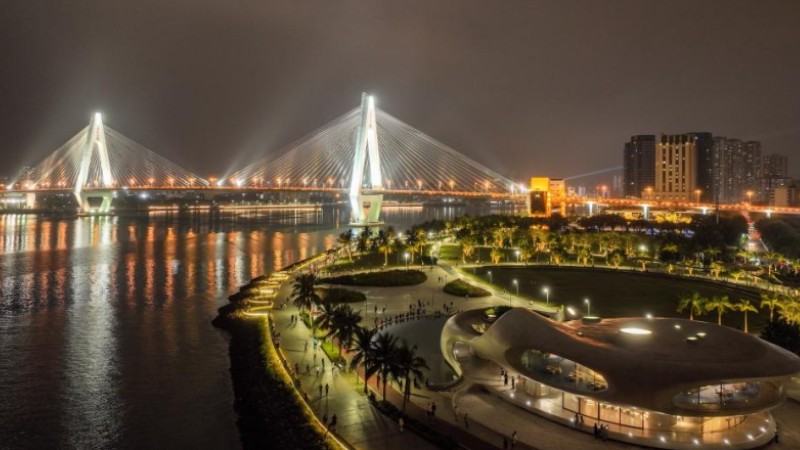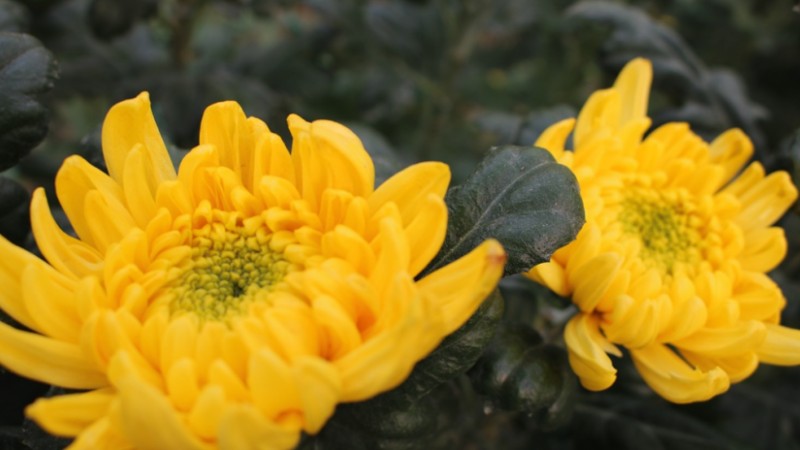Shuozhou in N China’s Shanxi promotes "tourism plus" integration
Shuozhou city in north China’s Shanxi Province has vigorously advanced ecological progress and promoted the integration of tourism with other industries, including the cultural sector, to advance high-quality development.

The Guangwu Great Wall in Shuozhou. (Photo/SXNTV)
Youyu county in Shuozhou, located on the edge of the Mu Us Desert , has developed eco-tourism. Thanks to decades of the afforestation efforts of local people, the county that was once considered “unlivable” has become an oasis. The green coverage rate in the county has reached 57 percent, up from less than a percent 70 years ago.
Li Yunsheng, a resident of Matoushan village, Youyu county, participated in afforestation campaigns launched by the county when he was young. Li recalled that he went to school with a kerosene lamp during the day because fierce winds blew and sand engulfed the village.
As the sandy land turned green, the county continued with several afforestation projects by signing contracts with individuals to plant trees on mountains. Li contracted Malantou Mountain for that purpose. The lush mountain has attracted visitors, especially in spring when peach blossoms are in bloom.
Tourist routes themed on educational tours, sightseeing, and red tourism have become popular in Youyu county. The ecological industry thrives in the county. It is home to the largest Chinese pine planting base in north China. The annual output value of its sea buckthorn sector has reached hundreds of millions of yuan (1 yuan equals $0.15).
Shuozhou has also turned waterside scenic areas represented by the Dongyulin Reservoir and the Sanggan River Wetland Park into popular destinations for leisure tourism.
The city has lifted the environment of Sanggan River, which extends over 130 kilometers in the city and is regarded as its “mother river.”
Since 2020, the city has started a campaign to improve the environment along the river, ensuring a beautiful scenery along the riverbanks, said Yuan Ziqi, deputy director of the Sanggan River management committee of Shuozhou. According to Yuan, the Sanggan River was different from how it looks today. In the past, the river was stinky because domestic sewage and industrial wastewater produced by workshops and enterprises on the banks were discharged into it.
The city has also diverted water from the Yellow River to the Sanggan River and promoted water conservation for higher efficiency in the agricultural sector, turning the used-to-be seasonal river into one that now sees no flow cutoff, and guaranteeing that the riverbanks are lush with aquatic plants.
Integrating tourism with culture, Shouzhou has designated areas for the protection of its 2,293 cultural relic sites, including several key cultural relic sites under state protection such as the age-old Yingxian Wooden Pagoda and Chongfu Temple, according to Liu Xiaoyan, head of the Shuozhou municipal bureau of culture and tourism. The city has also encouraged social forces to participate in the protection of cultural relics.
In recent years, Shuozhou has issued the construction and preservation plan for the Shuozhou section of the Great Wall National Park and other special plans. The city has invested 3.5 billion yuan for the construction of the section of the Great Wall National Park. It has promoted rural tourism along the Great Wall and established 11 provincial 3A-level rural tourism demonstration villages and 29 B&B hotels themed on the Great Wall.
“We will continue to implement special plans, including the integrated tourism development plan and the Sanggan River landscape plan, and advance key cultural and tourism projects, such as the (Guangwu) Great Wall National Park, the Sanggan River cultural tourism belt, and the Youyu eco-cultural tourism demonstration zone,” said Li Runjun, vice mayor of Shuozhou.
The city will further promote “tourism plus” integration and add new dimensions to the integration of culture and tourism featuring cultural relics and heritage, the official added.
Photos
Related Stories
- Outbound travel boom on the horizon
- Hongtong in N China's Shanxi launches roots-seeking season
- China to encourage development of tourism industry in its northeastern region
- Cruise tourism gathers speed in Qingdao
- China to promote high-quality development of online tourism
- Outbound travel bookings for May Day holiday increase
- Archaeological site attracts tourists in Chongqing, SW China
- Shanxi sees robust growth in trade with B&R countries in Jan-Feb
- Ecotourism developed in Yixian County, E China
- SW China’s Yunnan promotes integration of tourism with other industries
Copyright © 2023 People's Daily Online. All Rights Reserved.









